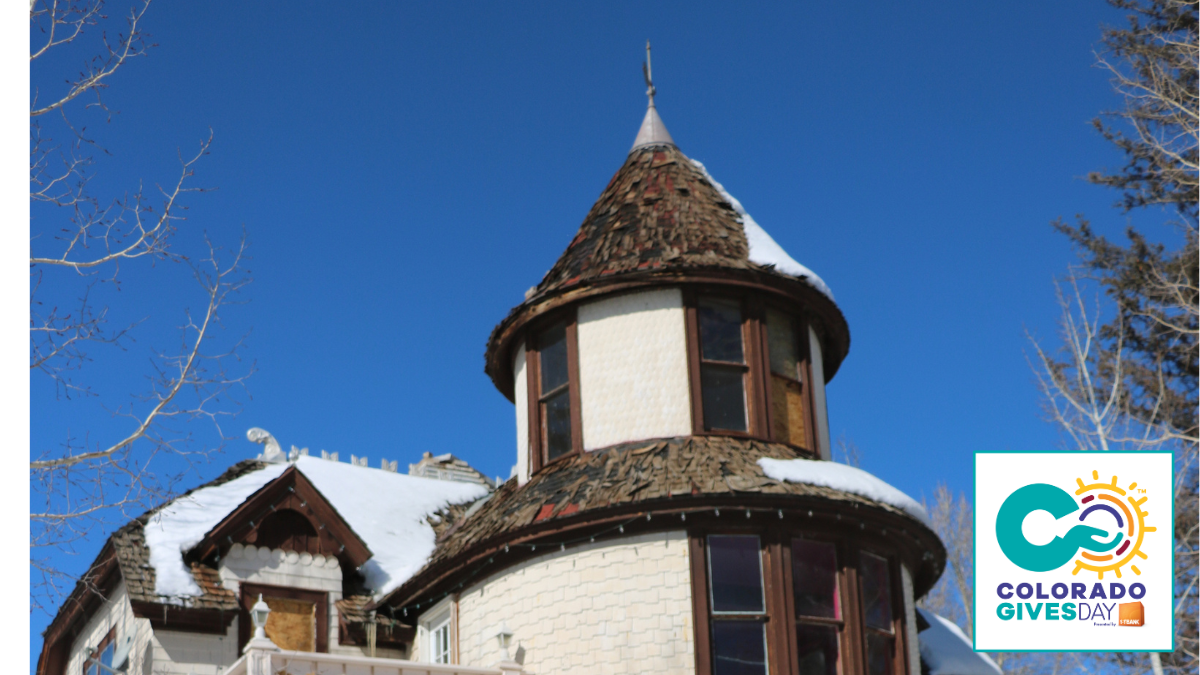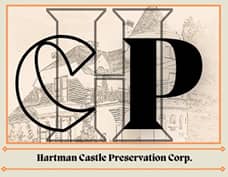
Colorado Gives Day is the largest state-wide fundraising event in Colorado, and provides the opportunity for donors to have their dollars reach further via the Colorado Give Foundation‘s “incentive fund.” The incentive fund boosts every individual donation to a participating Colorado non-profit from the time early giving starts (November 1st) through Colorado Gives Day (December 10, 2024). During this time, the Colorado Gives Foundation, in partnership with FirstBank, also incentivizes donors through cash prizes awarded to the small, medium, and large non-profits who raise the most funds during this giving period. Basically, the more donors give, the more a non-profit receives from the incentive fund and the higher chance they have at winning extra donations.
What is peer-to-peer fundraising?
Peer-to-peer fundraising is an approach to fundraising that relies on personal fundraising efforts on behalf of a non-profit. Have you ever had a friend share a GoFundMe page with you? What about a Facebook friend who set up a birthday fundraiser for their favorite non-profit? Maybe you’ve seen a for-profit business run a campaign for a non-profit fundraiser. Those are all examples of peer-to-peer fundraising! Anytime you have one of your peers, including individuals and businesses, reach out—whether in person, via email, on social media, or through any other avenue of communication—to encourage you to donate to a cause, that is peer-to-peer fundraising.
Why peer-to-peer fundraising?
While it may seem obvious that we are more likely to donate to a cause that other like-minded people and businesses support, there is actually a science behind why peer-to-peer fundraising can be so effective. Perhaps even more important though, the research tells us that not all peer-to-peer fundraising campaigns are created equally. For example, one 2019 study found “peer fundraisers who (1) identify more strongly with the selected charity, (2) take more actions to solicit donations, (3) signal their personal investment, (4) signal the efficacy of the charity, and (5) aim for a high target were more successful in raising donations.” In this way, how we engage in peer-to-peer fundraising can be just as important as whether or not we engage at all.
A more recent 2024 study has more useful insights to share:
- “Professional reputation within the peer network is a significant predictor of success” for peer-to-peer fundraising campaigns.
- “The probability of raising donations increases with personalizing the fundraising page,” including personalized text, visuals, and setting personal donations targets.
- Peer fundraisers who initiated an online or offline challenges related to the fundraising effort are more likely to be successful in receiving donations.
- Self-donations to an individual fundraising campaign is “positively related to the total donation amount received by the peer fundraiser.”
These findings are not only interesting, but informative! They tell us that while peer-to-peer fundraising is important, how we engage in it is just as important. It is important to also note that only 44% of fundraisers from the study received donations at all, leaving 56% without any donations, once again driving the power of how we cary out peer fundraisers.
Below, we cover some more specific elements you can bring to your peer-to-peer fundraiser to enhance engagement from your network.
Introducing gamification to your peer-to-peer fundraiser
Gamification is the process of adding “game-mechanics to a non-game situation.” Applied to peer-to-peer fundraising, that means introducing an element of game to your fundraising efforts. There are essentially endless ways to incorporate gamification into your fundraiser, but some of the most comment elements include:
- Goals and thermometers,
- Badges,
- Leaderboards, and
- Incentives
Goals and thermometers is fairly self-explanatory, in that peer fundraisers can include an overall goal as well as some sort of graphic to track and share progress toward that goal with their networks (e.g., a thermometer). Badges are another aspect of gamification that can enhance engagement for peer-to-peer fundraising campaigns. By awarding your donors with certain badges (e.g., first donation, largest donation, most shares on social media, etc.), you can incentivize your audience to participate! Leaderboards are similar to badges in that you might publicly share a list of the top ten donors based on amount, or any other marker, to publicly celebrate their contributions to your campaign. Lastly, we have incentives, which could include badges and leaderboard mentions, but many other elements as well. For example, you might incentivize your network to donate by raffling off a prize to anyone who donates $10 or more during a certain range of dates. The incentive options you can provide are truly endless, and can be personalized to your network in some really fun ways!
Matching gifts and peer-to-peer fundraising
Matching gifts are a specific form of incentive that are incredibly common when it comes to non-profit fundraising. Often, those matching gifts come from corporate sponsors who agree to match up to a certain dollar amount of donations. We are lucky to have one of our preservation partners, Island Acres Resort Motel, matching up to $10,000 in donations for our 2024 Colorado Gives Campaign! However, matching gifts do not have to come from for-profit businesses, nor do they have to be tens of thousands of dollars.
If you are planning on donating a certain amount to your fundraiser, think about promoting your donation as a matching gift to incentivize your network to also donate! For example, perhaps you are planning to donate $100 to HCPC for Colorado Gives Day. Let your networks know that you will be matching every dollar of donations up to $100 to make their donation go further! This method allows you to provide the game element of an incentive while also checking off the box of donating to your own fundraiser.
Alternatively, if you know a business who is looking for non-profits to support, you could independently secure a matching gift from a business for your peer-to-peer fundraiser. Again, the options are nearly endless, so get creative and have fun!
Peer-to-peer fundraising offline
While many of the techniques for peer-to-peer fundraising discussed thus far are digital-friendly, not all approaches have to take place online. In fact, in-person fundraisers that give you a chance to gather with colleagues, friends, or family can make your fundraising experience even more meaningful—and potentially more impactful. There are so many ways to gather both donations and your network all at once, including arts and craft nights, game nights, ultimate frisbee tournaments, and more. One of our favorite ideas is hosting an open garden where you share your overabundant harvest with friends and family in exchange for their donation to your fundraiser.
These options, and so many more, are listed on this For Kid’s Sake “Friendraising” Ideas document from Kansas Big Brothers Big Sisters. You can also find some great ideas for different events to hold from Alex’s Lemonade Stand.
How can YOU get involved?
So, what does this all mean for YOU and your involvement in our Colorado Gives Day campaign? First, we would like to extend a warm invitation to you to act as a peer fundraiser for HCPC! While how you do that is up to you, we hope you’ll take some of the tips we’ve compiled below to help make your fundraiser as successful as it can be.
Based on the evidence we shared above, here are some tips for how to create a successful peer fundraising campaign for HCPC, whether it’s for Colorado Gives Day, or any other reason:
- First, identify a peer-network where you know you have camaraderie and a positive professional reputation.
- Second, be sure you personalize your fundraiser! Whether it’s a fundraising page your create via Colorado Gives, a Facebook post, or something else, be sure you personalize your ask. Remember, that can include personalized visuals and goals in additional to a personal narrative of why you care about saving the Hartman Castle.
- Third, don’t be afraid to ask multiple times! Taking additional actions, such as challenging your peers to donate, can make all the difference in your fundraiser’s success.
- Fourth, think about “gamifying” your campaign with incentives, matching gifts, badges, and more.
- Lastly, if you have the means to do so, donate to your own fundraiser! This action signals to your peers that you, too, are ready to action to save the Hartman Castle.
Join the community cause
As we gear up for our first Colorado Gives Day, we are excited to involve our community—the community for which we founded HCPC. The Hartman Castle belongs not only to HCPC, but to our entire community. Our project of purchasing, restoring, and preserving the castle is one for the community, and, as such, we hope to see our community take charge of this effort and help us continue to raise the funds we need to cover our purchase of the castle. It is through community that we will succeed, and peer-to-peer fundraising is just the start!
